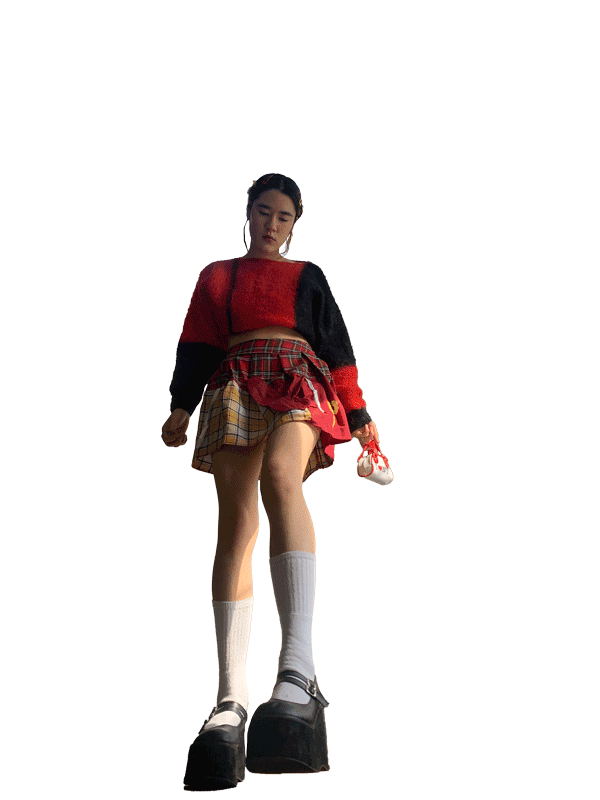
This site serves as a means to present images in dialogue with broader historical and cultural context. Through a focus on the work of Gin Satoh and the Japanese underground the coupling of word and image allows for an animation of image. Turning beyond the static image to a reimagining of temporal and spatial imaginary. Rethinking in what ways the fixed image can instead be a sort of transmutation into spaces of futurity and continued forms of resistance.
The style and signifiers that are present inform ways in which time is challenged and reimagined. To gaze into the underground scene of Japanese music in the late 20th century is made possible through the visual language of Gin Satoh. The historical narrative and lyrical use of language examines in which ways image seeps in and out of cultural imagination.
Gin Satoh is a photographer who managed to document the cultural happenings of the 80s experimental music scene in Japan. Through the use of black and white photographic portraiture there is an evident encapsulation of the underground scene at the time. This temporal and spatial site creates a reimagining of the eurocentric productions of culture that center the cis white male body. The queering of punk and noise allows for an imagination of utopian realities. To rethink the various possibilities, refusals and action that take place in sonic realms are elements that draw my interest in Satoh’s work. Unearthing this photography allows for a means to revisit this spatial moment in time:
'The culture of punk rock is as familiar as furniture in America or Europe everyone knows something about it but that doesn't happen in Japan'
-Gin Satoh
Thinking through social divides and barriers in terms of access to cultural consumption are interesting elements to consider when partaking in an ethnography on the basis of cultural analysis. Positioning myself as a mixed person with east asian and european descent these cross cultural and cross continental assemblages draw my interest and follow me throughout my engagement with Gin Satoh’s work.




The conception of music in relation to bodily and cosmic entities relates to performativity, spatiality as well as dance. The lived nature of performance entrances my line of inquiry into artists like EYƎ. The violence and very real threat that music can assume is seen in the stage presence of Hanatarash in their 1985 performance Anti-Satori Bulldozer gig photographed by Satoh. Connecting to danger music: these components of performance challenge traditional assumptions and considerations as to what music and performance have the capacity of being. The act of deconditioning social normativity and challenging the scope of art making are vital components of the work of Hanatarash. Breaking tradition and creating a rupture in harmony.
Challenging genre and shifting from the origins of punk to include elements of noise are evident in the work of Japanese noise artists in the 70s and 80s. The music and scene that Satoh captured was insidiously political, providing a critique of the vietnam war, the oil crisis, industrial decline and economic challenges through opposition music.

Les Realizes Dénudés, The Stalin, Hanatarash and Friction are some of the bands that Gin Satoh worked with that truly defied norms and broadened understanding of music. Capturing these artists and documenting their work is a true testament to the scene of the time.